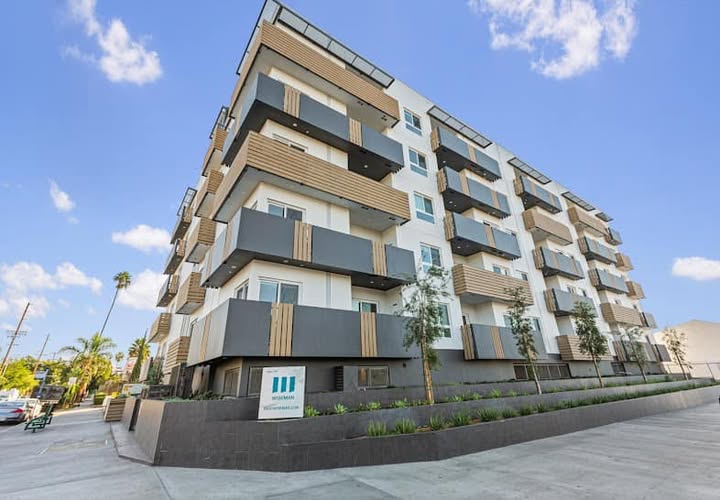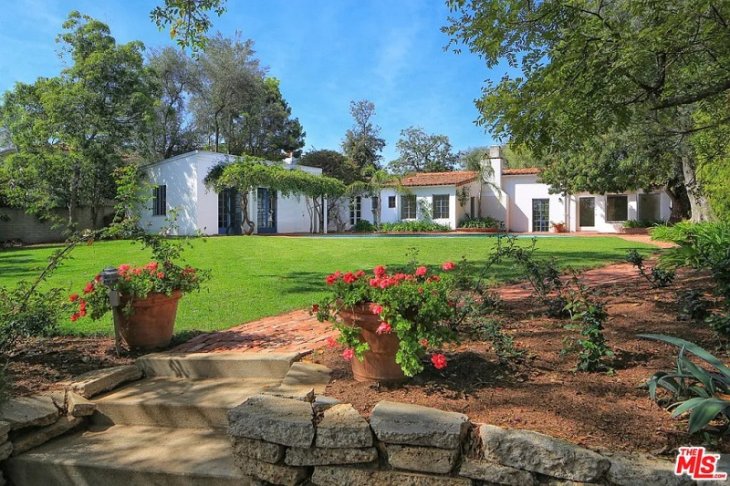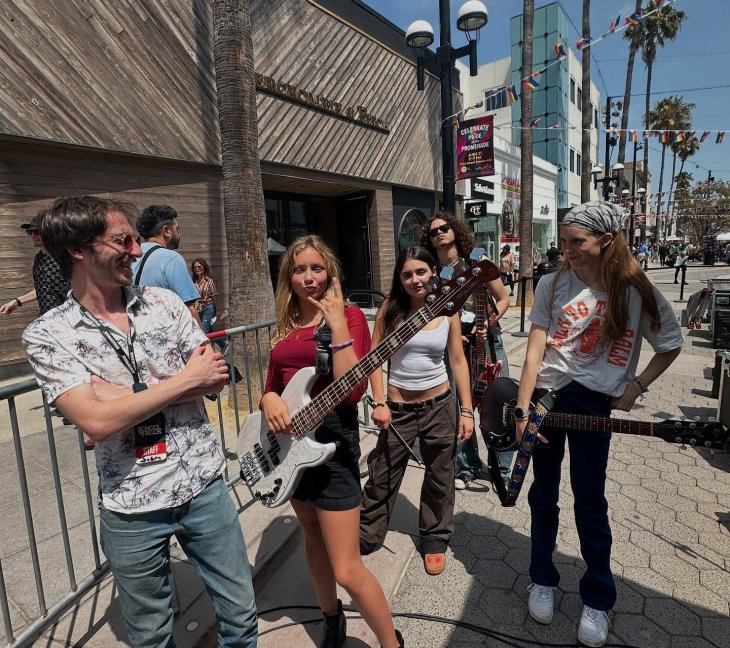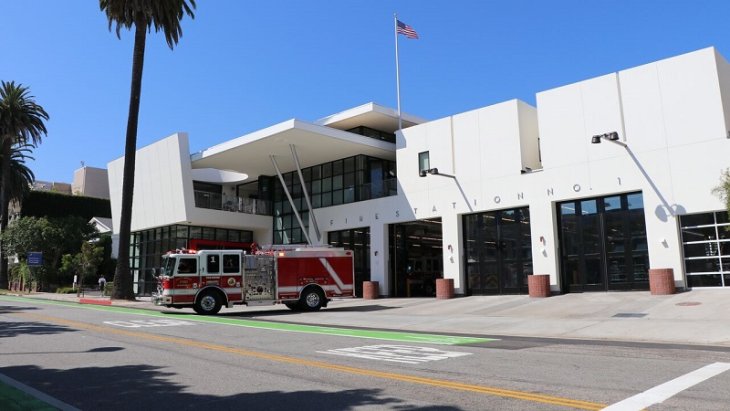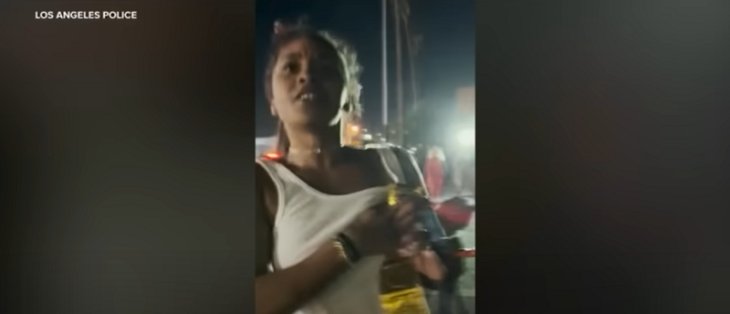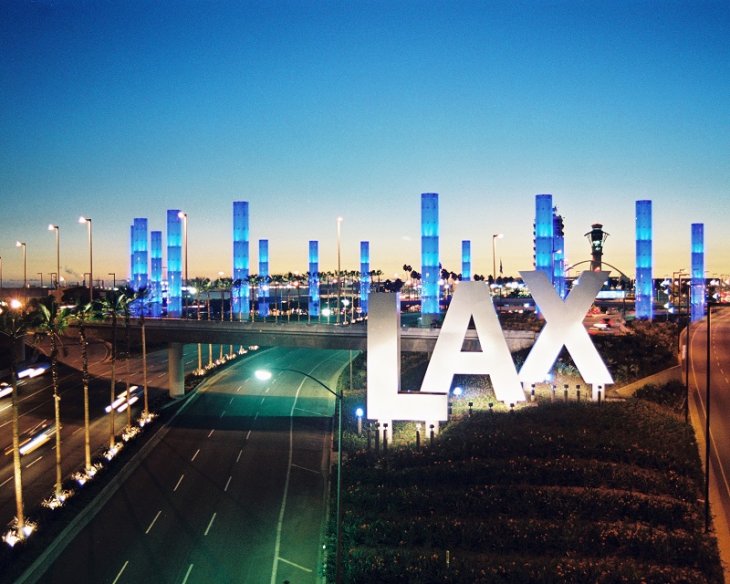[KGVID poster=”http://smmirror.wpengine.com/wp-content/uploads/2014/05/405-North-Carpool_thumb92.jpg” width=”600″ height=”338″]https://s3-us-west-2.amazonaws.com/wst-uploads/media/405-North-Carpool.mp4[/KGVID]
Commuters in the Sepulveda Pass got a nice present on May 23 when a long-awaited 10-mile carpool lane opened on the northbound San Diego (405) Freeway.
The carpool lane between the Santa Monica (10) and Ventura (101) freeways is the cornerstone of the $1 billion-plus Sepulveda Pass improvement project, which began in 2009 and has been highlighted by a pair of full freeway closures dubbed “Carmageddon.”
“People in this part of town have put up with a lot, and it’s finally time for the public to begin experiencing one of the major benefits of this project,” county Supervisor Zev Yaroslavsky said.
Officials with Metro, which is overseeing the construction project, said the lane closes the last remaining gap in the 405 Freeway carpool network.
The carpool lane – about 70 miles long from north Los Angeles to the Irvine area in south central Orange County, is considered by officials the longest uninterrupted stretch of carpool lane in the nation.
With the lane’s opening, carpooling commuters will be able to stay in the lane from Orange County through the Sepulveda Pass.
“The 405 project is absolutely critical to our quality of life and economy, but it can’t end soon enough, which is why I’m thrilled that our work to solve delay-causing problems means the project is getting done months early,” Mayor Eric Garcetti said.
The opening of the lane does not mark the end of the Sepulveda Pass project, which has also included the reconstruction of bridges over the 405 Freeway, the addition of soundwalls and redesign of the often-congested interchange at Wilshire Boulevard. But the carpool lane is the biggest accomplishment and primary goal of the project.
“It is terrific to finally see this project come together,” said Rep. Brad Sherman, D-Sherman Oaks. “Valley residents are long overdue for traffic improvements, and the new northbound lane will relieve some of the busiest traffic through the Sepulveda Pass.”
According to Metro, 300,000 vehicles a day travel through the Sepulveda Pass. That number is expected to increase to 430,000 by 2030.


